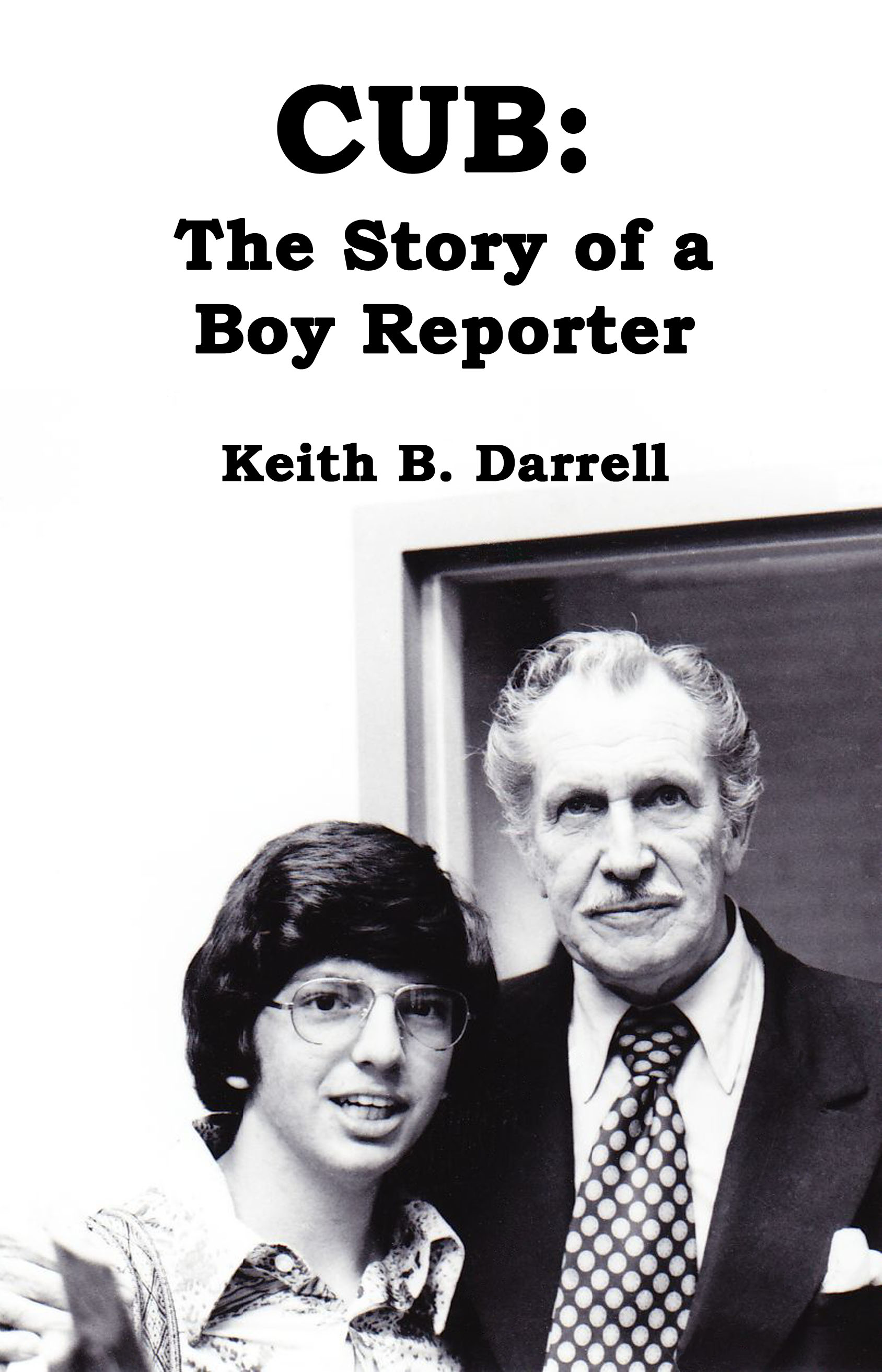Should society provide an education to all of its citizens?
At first, the answer seems straightforward. But some argue by attempting to
educate everyone, public schools are teaching to the lowest common denominator
— forcing the majority of students into the middle of the bell curve. The
brightest students are not being intellectually challenged and are not learning
a fraction of what our forefathers learned as children. The curriculum studied
by a 12-year-old a century ago would be considered college-level material
today, and the modern teenager would be hard-pressed to read and comprehend the
literature or philosophy his counterpart studied back then.
Christopher Lasch, writes in “The Culture of
Narcissism”: “[T]he democratization of
education . . . has neither improved popular understanding of modern society,
nor reduced the gap between wealth and poverty, which remains as wide as ever.
On the other hand, it has contributed to the decline of critical thought and
the erosion of intellectual standards, forcing us to consider the possibility
that mass education, as conservatives have argued all along, is intrinsically
incompatible with the maintenance of educational quality.”
What Lasch is saying is, by insisting on public education of
the masses, the result is a dumbed down populace. Students in the 18th
and 19th centuries studied history, rhetoric, logic, and philosophy.
They read Milton, Locke, Swift, and translations of Homer, Virgil, and Horace.
They entered what we would call high school at the age of 14, and their first
year consisted of studying grammar and conjugation, vocabulary, and a
smattering of Latin. The following year they learned Latin grammar and read
works of the ancient Greeks and Romans. In their third year, they studied
geography and read Caesar’s Commentaries on his campaigns in Gaul. By their
fourth year, they devoured Virgil, Horace, Livy, or Homer. Does that
sound like your high school curriculum, or your kids’?
Men and women had different roles in society, so the
curriculum for boys and girls differed. Dealing with world affairs required men know how to read and write; the homemaker only needed to learn to read so she
might study the Bible, when she wasn’t cooking or cleaning. So, boys studied
higher math, Greek, Latin, science, celestial navigation (they might need to
pilot a ship), geography, history, and fencing. Girls learned cooking,
spinning, weaving, needlework, social etiquette, art, music, and nursing.
The democratization of education is
a relatively recent development in American history. The notion that everyone
should have access to affordable education goes all the way back to Thomas
Jefferson, who said it was essential to any democratic nation. But in those
days, “everyone” didn't include girls, blacks, Chinese immigrants, or poor
people. American society, in a young, sparsely populated nation, viewed the
masses as “barbaric”.
The first public school, Boston Latin School, was founded in
1635. In 1642, the Massachusetts Bay Colony declared proper education
compulsory. There was a strong religious undercurrent in what passed for public
education. Not only did students often study the Bible in class, but in 1647,
Massachusetts passed the Old Deluder Satan Act: you see, the Puritans believed
their children would be able to ward off the devil if they could learn to read
and study the Bible, so it required towns with more than 50 families to set up
an elementary school. Students mostly studied Greek and Latin. The student body
was almost exclusively male and, by the 18th century, students of
all ages were in a one-room classroom in “common schools”. In the South, many
students were home-schooled by traveling tutors or sent to small private
schools. Few rural Southerners stayed in school beyond eighth grade, at least
until after 1945.
Massachusetts, in 1789, required localities to provide
schooling for everyone. A year later, Pennsylvania’s Constitution mandated free
public education — but only for poor children. The wealthy still had to pay for
their kids’ education. Skip ahead to 1827, when Massachusetts mandated all
grades of public school be accessible free of charge. But while the North was
increasing access to public education, the South was limiting it. At the same
time, most southern states had laws forbidding teaching slaves to read. Under
those laws, white people convicted of teaching a slave to read could be fined
as much as $500 (a lot of money back then) and imprisoned, while black people
convicted of the same offense were publicly whipped.
In 1851, Massachusetts made school attendance compulsory.
But the federal government took a step backwards in 1864, when Congress made it
illegal for Native American Indians to be taught in their native languages.
When the Civil War ended in 1865, Reconstruction began in the South and state
constitutions were rewritten to grant a free public education. But the public
schools would remain segregated for nearly a century, with black and white
children each attending their own “separate but equal” schools. In reality,
they were far from equal. The black schools were consistently underfunded. It
wouldn't be until 1954, when the Supreme Court ruled in Brown v. Board of
Education of Topeka that segregated schools were “inherently unequal” and
had to go, that society began to address the issue, which would encompass much
of the public debate of the following two decades.
By 1900, a half-century after Massachusetts had made
education compulsory, 34 states had followed its lead, only four of them in the
South. Still, by 1910 only 72% of American children attended school. Half of
them still sat in one-room schoolhouses. Higher education, in the form of
college, remained a dream for all but the elite. That changed at the conclusion
of World War II, when the G.I. Bill enabled thousands of blue-collar men
returning from the war to obtain a college education, harkening back to
Jefferson’s declaration that the democratization of education was essential to
a democratic nation.
This, however, created a dilemma. Jefferson may have written
“all men are created equal”, but that really isn't true. Not everyone is cut
out to study calculus, read Latin, or engage in deep debate over the
philosophies of Plato, Epicurus, Locke, or Descartes. Some are better learning
a trade or devising the next innovative software app. Unfortunately, society
refuses to recognize this approach to education, and by insisting on teaching
to the lowest common denominator, we are graduating successive generations less
knowledgeable than the ones that preceded them. Our top students today would be
hard-pressed to perform as well academically as their predecessors in the little red schoolhouse of
old.
That means the children of each generation who grow up
to become the leaders of society are far less educated than the men who
founded our country. Read the Federalist Papers; or the speeches and writings
of Thomas Jefferson, Abraham Lincoln, and their contemporaries; or the Supreme
Court opinions of John Marshall, and compare them with their modern counterparts:
Michele Bachmann, Sarah Palin, any Tea Party congressman, or the opinions
drafted by Supreme Court Justice Clarence Thomas. Our modern society is falling
apart due to a lack of leadership at all levels, especially in government, but
it’s not really their fault. They were ill-prepared for the job. If it seems as
if we have morons controlling our government, society, and our culture, it is
because our schools failed to educate them properly -- grounding them in history
and philosophy, and providing them with the necessary tools for critical thinking --and hold them to the high educational standards that were
once de rigueur.















































No comments:
Post a Comment